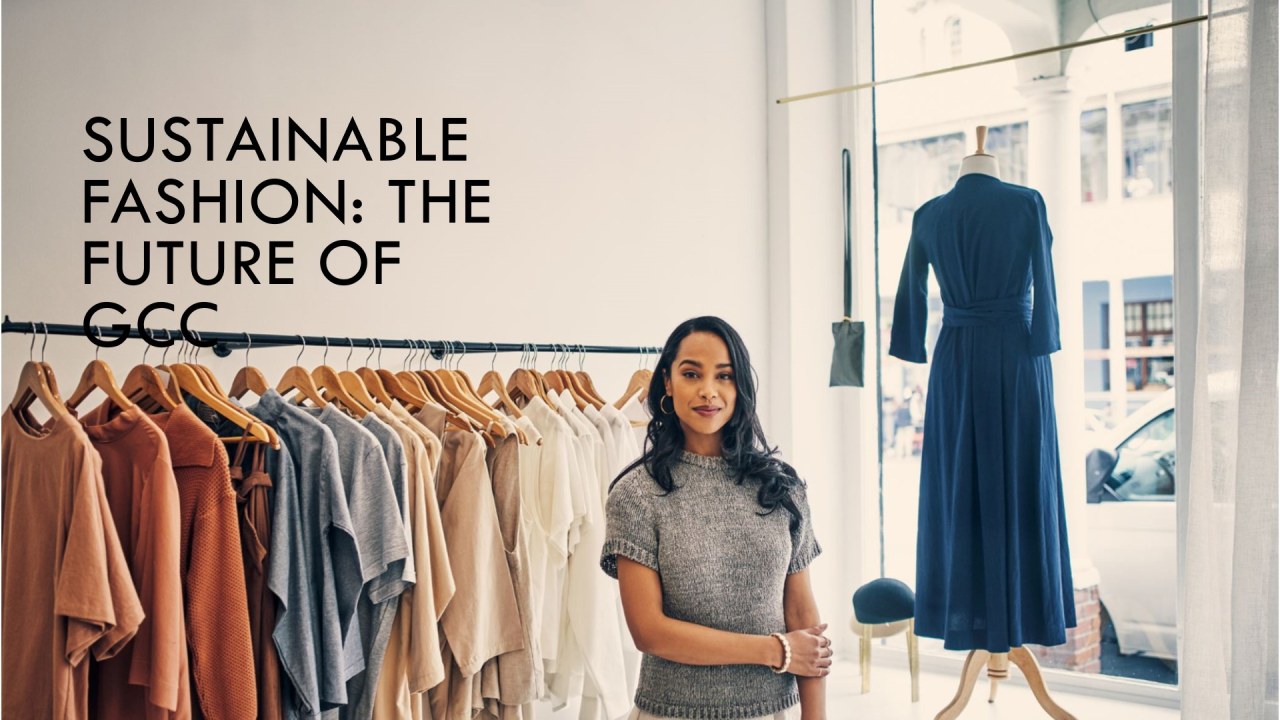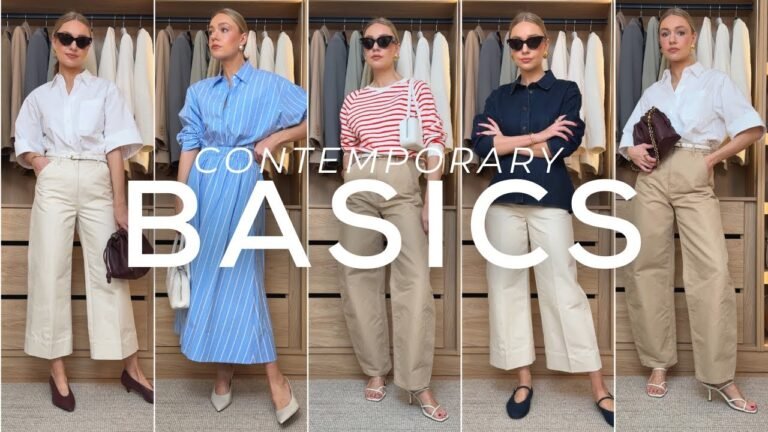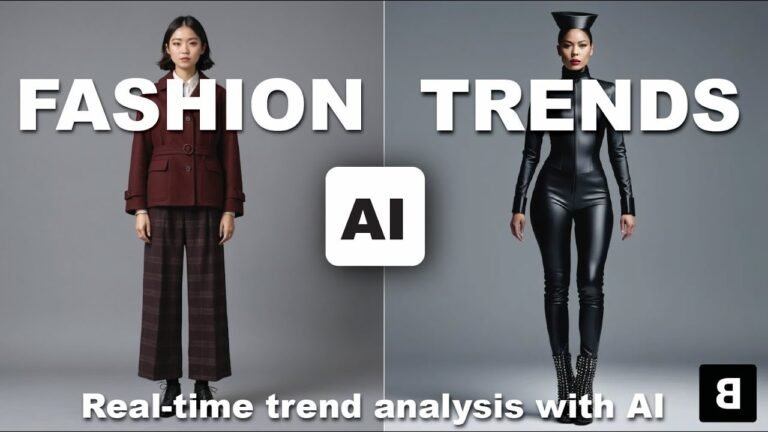The Story Of Sustainable Fashion Past Present And Future
The Genesis and Evolution of Sustainable Fashion
Sustainable fashion represents a transformative approach to the clothing industry, meticulously integrating environmental, social, and ethical considerations across every stage, from design and manufacturing to distribution and ultimate use. While the concept of ethical production isn’t entirely new—historical examples include artisans crafting durable goods or early movements addressing factory conditions—the contemporary sustainable fashion movement truly gained significant momentum in the late 20th and early 21st centuries. This surge was primarily driven by a burgeoning global awareness of the profound and often detrimental environmental impact of the traditional fashion industry [Source: EcoCult].
For centuries, clothing production was largely localized, with a natural emphasis on durability, repair, and resourcefulness. However, the industrial revolution and subsequent globalization transformed fashion into a mass-produced commodity. The latter half of the 20th century witnessed the dramatic rise of “fast fashion,” characterized by rapid trend cycles, low prices, and high volumes of production. This model, while making fashion accessible to wider demographics, came at a steep environmental and social cost: increased textile waste, significant resource depletion, high carbon emissions, and frequently, exploitative labor practices in developing nations. The environmental consequences—such as massive textile waste filling landfills, widespread water pollution from chemical dyes, and the immense water footprint of conventional cotton cultivation—became increasingly undeniable and documented.
It was against this backdrop that the modern sustainable fashion movement began to coalesce. Activists, pioneering designers, and an increasingly informed consumer base started questioning the prevailing norms of consumption and production. They advocated for a fundamental shift towards practices that respected both the planet’s finite resources and the human beings involved in the supply chain. This initial phase laid the groundwork for a movement that would soon expand its focus from niche concerns to a comprehensive re-evaluation of the entire fashion ecosystem, emphasizing the critical need for a more responsible, regenerative, and equitable industry [Source: EcoCult].
Broadening Horizons Key Pillars of Sustainable Fashion
The early efforts within sustainable fashion were instrumental, often concentrating on pivotal areas such as organic cotton cultivation and fair trade practices. The goal of promoting organic cotton was clear: to mitigate the pervasive use of harmful synthetic pesticides and fertilizers in conventional cotton farming, which damage soil health, pollute waterways, and pose health risks to farmers. Simultaneously, fair trade initiatives aimed to ensure equitable working conditions, living wages, and transparency for garment workers who are often at the lowest rung of the global supply chain, protecting them from exploitation [Source: WGSN]. These foundational initiatives underscored a commitment to both ecological health and social justice, setting the stage for a much broader paradigm shift.
Over time, the sustainable fashion movement has matured significantly, evolving beyond these initial focal points to embrace a more holistic and intricate understanding of the entire supply chain. Today, its scope encompasses a diverse array of considerations, all aimed at minimizing environmental harm and maximizing social benefit. Key pillars now include the strategic adoption of recycled and upcycled materials, which divert waste from landfills and drastically reduce the demand for virgin resources. This includes transforming plastic bottles into durable polyester fibers, repurposing textile scraps into new garments, or even using industrial waste in innovative ways. Another critical area is rigorous water conservation throughout the production process, particularly in resource-intensive stages like dyeing, finishing, and fiber cultivation, where vast quantities of water are traditionally consumed and often polluted.
Furthermore, sustainable fashion prioritizes a substantial reduction in carbon emissions across manufacturing, logistics, and retail operations, moving towards renewable energy sources, energy-efficient machinery, and optimized transportation methods. Ethical labor practices extend beyond fair wages to encompass safe working environments, reasonable working hours, the right to unionize, and the eradication of forced and child labor, ensuring human dignity and rights are upheld at every level of production. Perhaps one of the most transformative elements is the promotion of circular economy models. Unlike the linear “take-make-dispose” model, a circular approach designs garments for longevity, encouraging repair, reuse, and ultimately, recycling, thereby keeping materials in use for as long as possible and minimizing waste generation, striving for a closed-loop system [Source: World Resources Institute]. These multifaceted considerations collectively define the contemporary pursuit of a truly sustainable fashion industry, demonstrating a comprehensive commitment to ecological stewardship and social responsibility.
Innovation Consumer Demand and Future Challenges
The progression of sustainable fashion is deeply intertwined with groundbreaking advancements in material science and technology. Innovators are continually developing alternative textiles that drastically reduce environmental impact. This includes the creation of bio-based textiles derived from surprising, regenerative sources such as mushrooms (mycelium leather), algae, and various forms of agricultural or food waste like pineapple leaves (Pinatex), citrus peels, or even coffee grounds. These materials offer renewable and often biodegradable alternatives to conventional fibers and leathers, moving away from resource-intensive and polluting options. Concurrently, advanced recycling technologies are revolutionizing how we handle textile waste, enabling the transformation of old garments into new, high-quality fibers through mechanical or chemical processes, thus closing the loop on textile production and significantly reducing landfill burden [Source: Forbes]. These innovations are not just about new materials; they also encompass sophisticated manufacturing processes that consume less energy, water, and chemicals, alongside digital design tools that minimize waste.
Parallel to technological advancements, consumer behavior has emerged as a powerful catalyst for change. There is a growing global demand for transparency and accountability from fashion brands. Modern consumers, increasingly informed and environmentally conscious, are pushing companies to adopt genuinely sustainable business models and to communicate their environmental and social efforts clearly, honestly, and credibly [Source: The Business of Fashion]. This shift is influencing purchasing decisions, with a preference for brands that can verify their ethical sourcing, responsible manufacturing, and overall commitment to sustainability through certifications and supply chain traceability. Brands that fail to adapt risk not only losing market share but also damaging their reputation in an increasingly scrutinizing market driven by ethical consumerism and social media advocacy.
Despite these significant strides and the palpable momentum, the sustainable fashion movement faces formidable challenges. One of the most pressing issues is the difficulty in scaling sustainable practices across a vast and intricate global industry. Implementing new, often more expensive, sustainable technologies and processes across thousands of factories and diverse, international supply chains requires substantial investment, complex logistical coordination, and global standardization. Another critical hurdle is “greenwashing,” where brands deceptively market products as environmentally friendly through misleading claims or superficial initiatives without genuine sustainable practices to back them. This not only misleads consumers and undermines their trust but also erodes faith in the genuine efforts of truly sustainable brands. Addressing these challenges will require continued innovation, stronger regulatory frameworks to combat greenwashing, greater industry collaboration, and persistent consumer advocacy to ensure that sustainable fashion moves from a niche movement to the industry standard, creating a truly responsible global apparel ecosystem.
Sources
- The Business of Fashion – Demand for Sustainability Talent is Growing
- EcoCult – The History of Sustainable Fashion
- Forbes – The Future Of Fashion Is A Tapestry Woven With Technology And Sustainability
- WGSN – The History of Sustainable Fashion
- World Resources Institute – The Fashion Footprint: Sustainability in the Apparel Industry
In short, whether it’s the dazzling skylines of New York, the natural majesty of the Grand Canyon, California’s diverse wonders, or the timeless charm of the United Kingdom, these destinations offer unforgettable experiences. Each blends history, culture, and breathtaking scenery, ensuring memories that last a lifetime.



